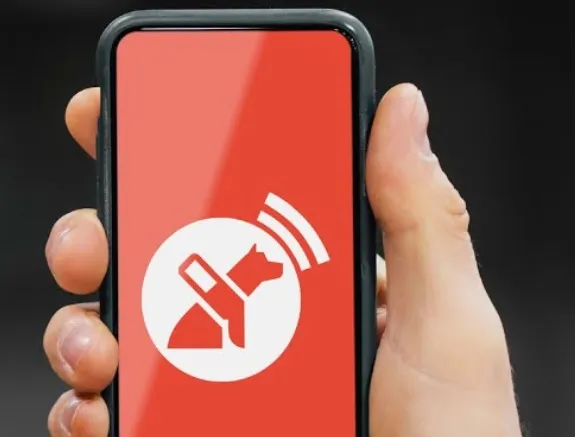The city of Ottawa, Canada, has installed the first of five red light cameras that will be installed throughout the city in 2016 with 15 more to be installed in 2017.
The 20 new red-light cameras will be in addition to the existing 34 red-light cameras currently in operation at locations across Ottawa. The city installs cameras at intersections based on collision rates.
The program’s objective is to improve intersection safety by decreasing the number of red-light running occurrences. City officials b
October 5, 2016
Read time: 1 min
The city of Ottawa, Canada, has installed the first of five red light cameras that will be installed throughout the city in 2016 with 15 more to be installed in 2017.
The 20 new red-light cameras will be in addition to the existing 34 red-light cameras currently in operation at locations across Ottawa. The city installs cameras at intersections based on collision rates.
The program’s objective is to improve intersection safety by decreasing the number of red-light running occurrences. City officials believe collisions resulting from red-light running tend to be more severe than other intersection collisions because they usually involve at least one vehicle travelling very quickly. In 2014, there were 655 reportable angle collisions at signalised intersections in the city.
The 20 new red-light cameras will be in addition to the existing 34 red-light cameras currently in operation at locations across Ottawa. The city installs cameras at intersections based on collision rates.
The program’s objective is to improve intersection safety by decreasing the number of red-light running occurrences. City officials believe collisions resulting from red-light running tend to be more severe than other intersection collisions because they usually involve at least one vehicle travelling very quickly. In 2014, there were 655 reportable angle collisions at signalised intersections in the city.










